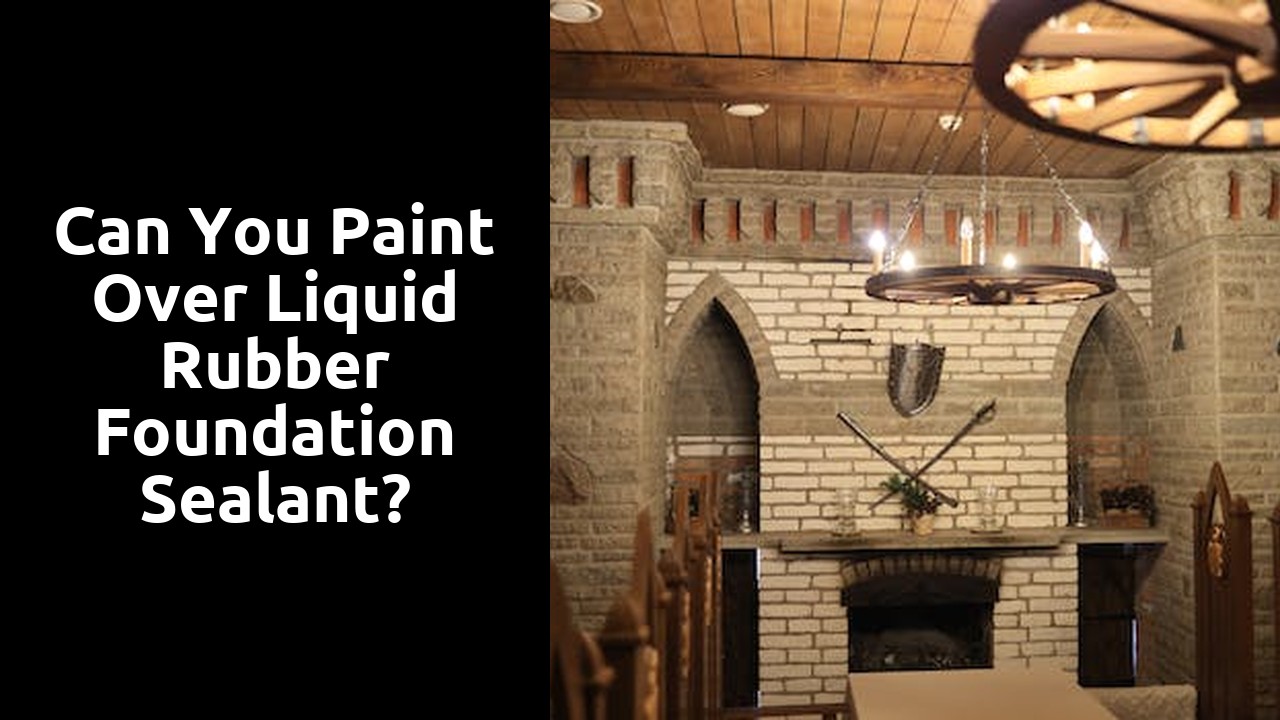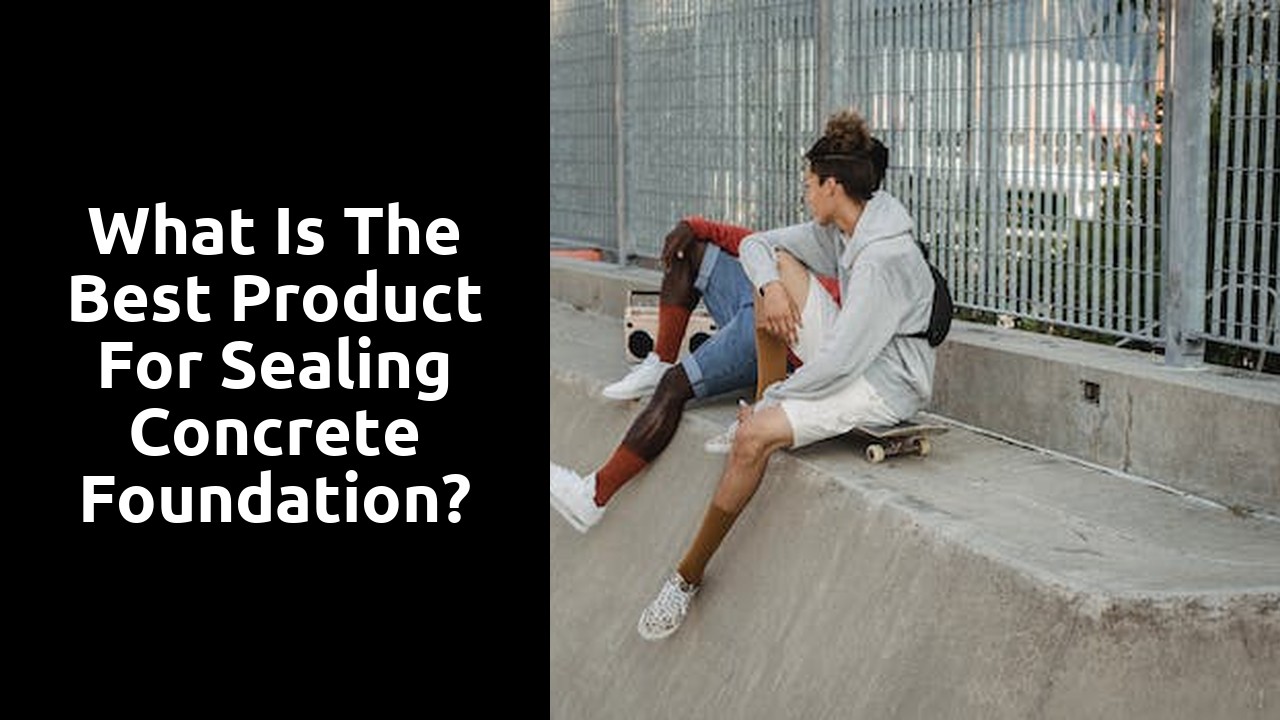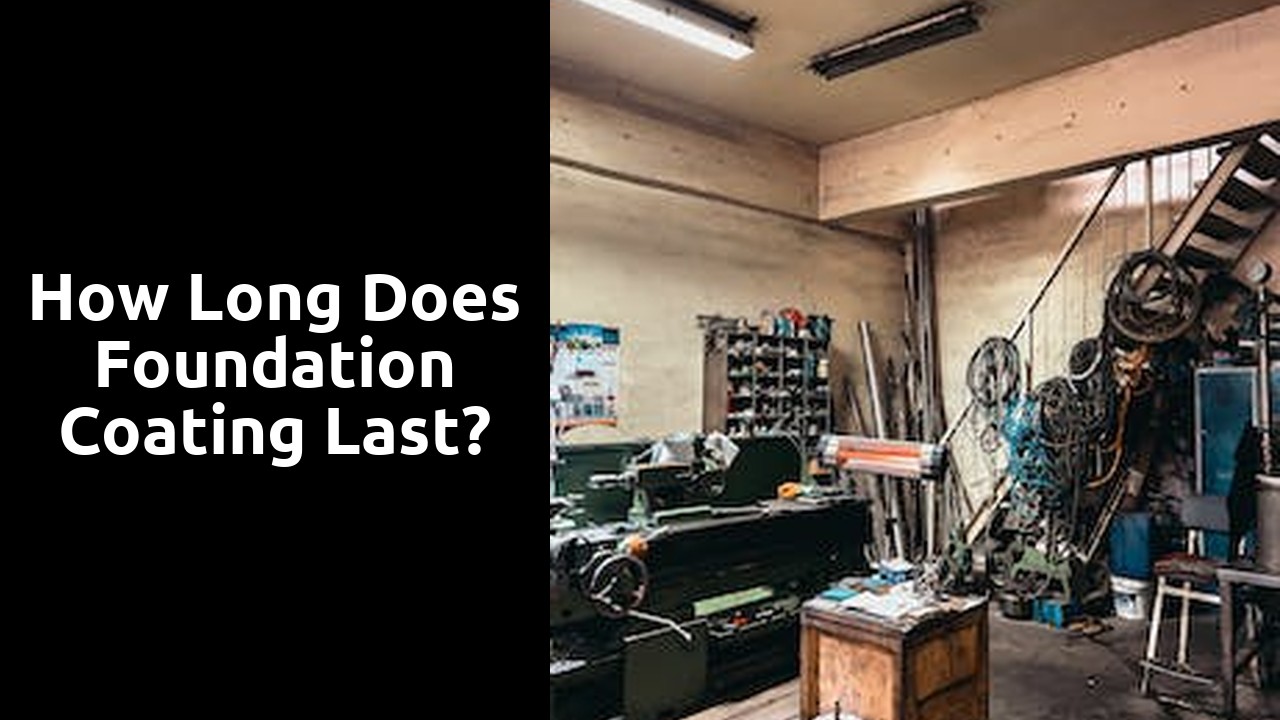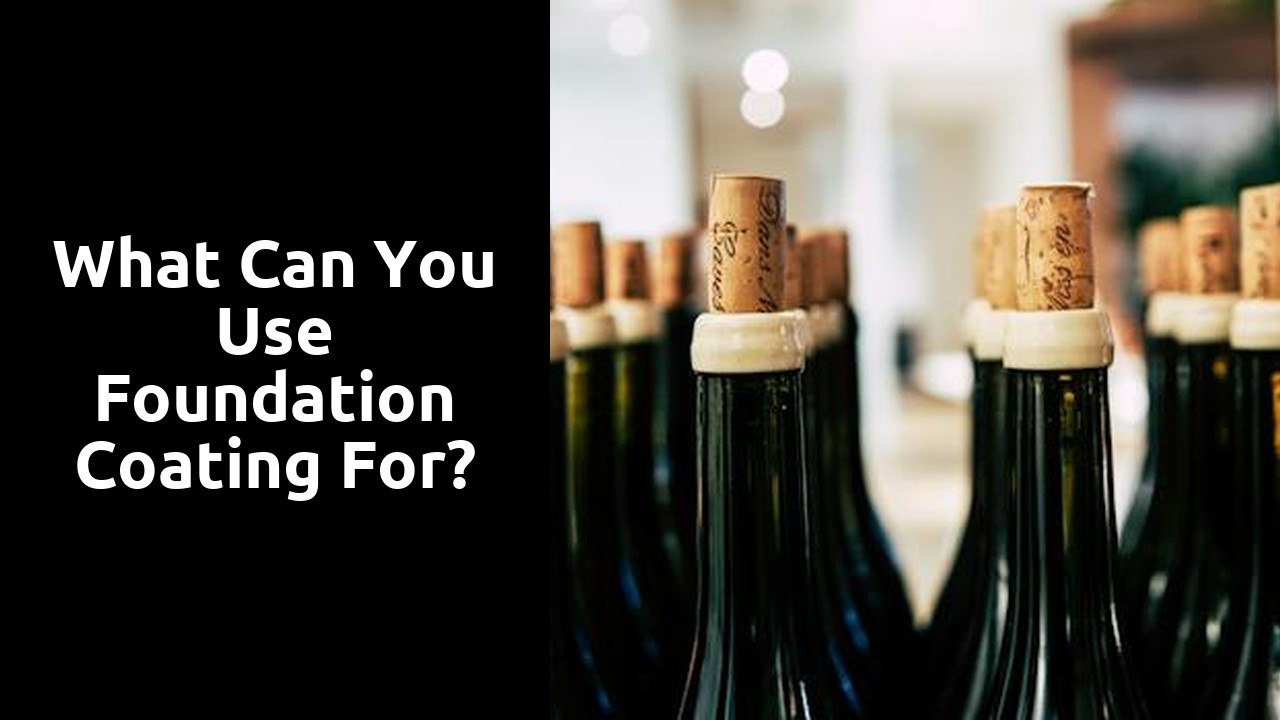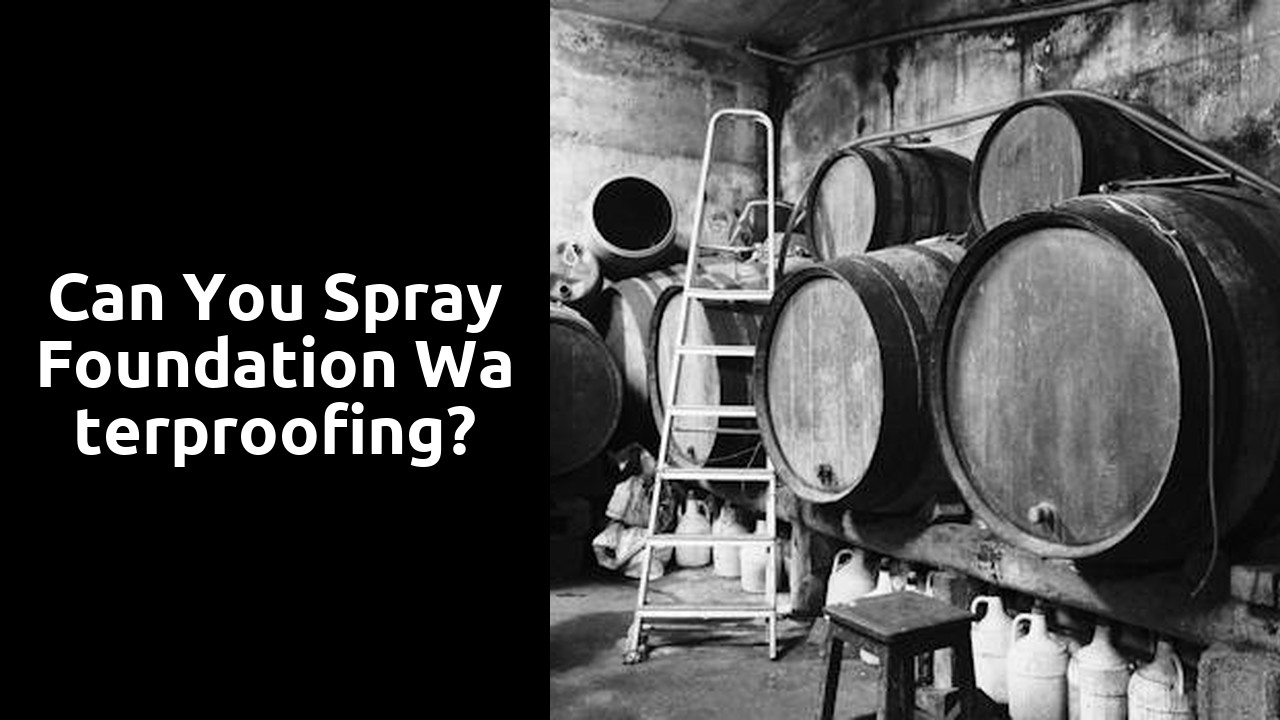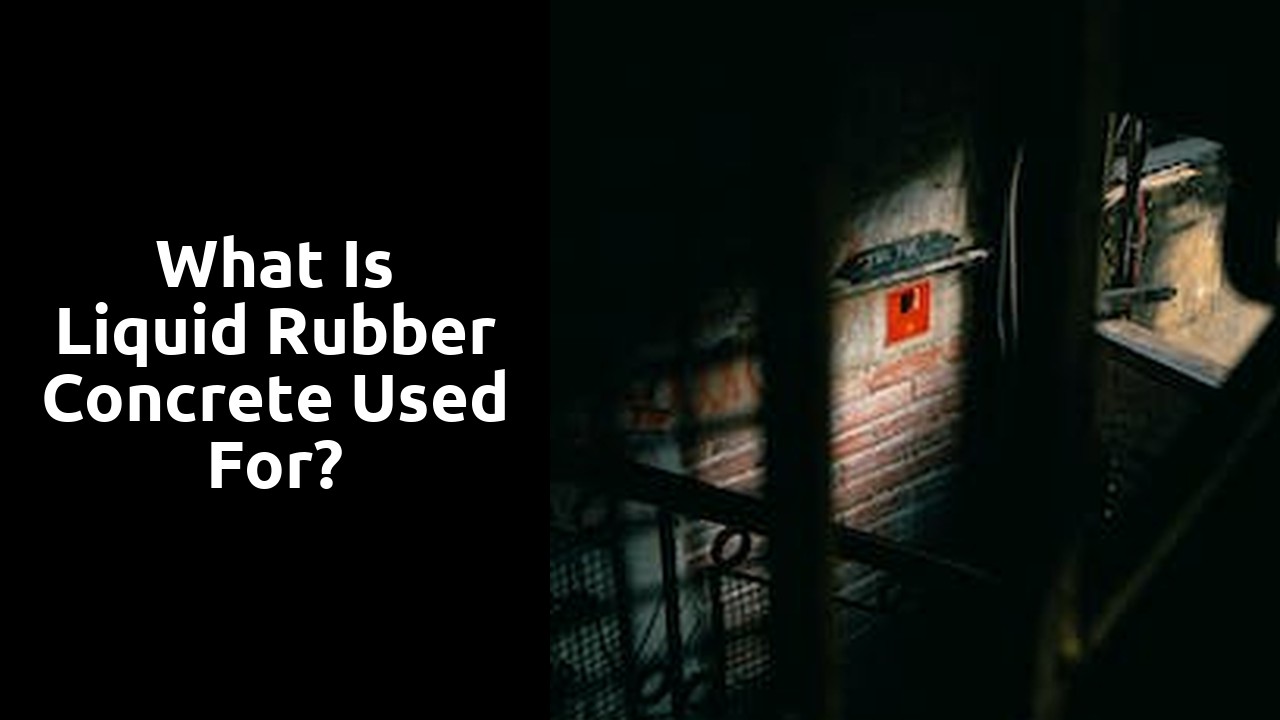Enhancing the Aesthetics of Your Foundation Sealant: A Guide to Painting Options
Enhancing the aesthetics of your foundation sealant can be a rewarding project that adds a touch of personalization to your home. One way to achieve this is by exploring the various painting options available for your foundation sealant. Painting over liquid rubber foundation sealant can be an effective way to transform its appearance and give it a fresh, updated look.
When choosing to paint over your foundation sealant, it is essential to consider the type of paint that is compatible with the material. Acrylic latex paint is a popular choice as it adheres well to rubber surfaces and provides a durable finish. Before applying the paint, make sure to clean the surface thoroughly to remove any dirt, debris, or loose particles. This will ensure proper adhesion and a smoother finish. Additionally, using a primer specifically designed for rubber surfaces can further enhance the longevity and durability of the paint job.
Transforming Your Foundation Sealant: Exploring the Possibility of Painting Over It
When it comes to transforming the look of your foundation sealant, painting over it can be a great option to consider. Whether you want to enhance its appearance or simply change the color to match your overall design scheme, painting offers a versatile solution. However, before you dive into this project, it’s important to explore the possibility of painting over liquid rubber foundation sealant and understand the process involved.
Liquid rubber foundation sealant is known for its durable and long-lasting properties, making it an ideal choice for protecting your foundation. But can you paint over it? The answer is yes, but with some considerations. Before you begin, ensure that the sealant is fully cured and free from any moisture or contaminants that could affect the adhesion of the paint. Additionally, it’s important to choose the right type of paint specifically formulated for use on waterproof surfaces. Taking these steps will help to ensure a successful and long-lasting paint job on your foundation sealant.
The Art of Revamping Your Foundation Sealant: Unveiling the Painting Process
Revamping your foundation sealant can be an exciting project that allows you to add a personal touch to your home’s exterior. Painting over liquid rubber foundation sealant is a popular option for those looking to enhance the aesthetics of their foundation. Luckily, the process of painting over this type of sealant is relatively straightforward.
Before you begin painting, it’s important to prepare the surface properly. Start by cleaning the foundation sealant thoroughly, removing any dirt, dust, or debris. This can be done using a mild detergent and water or a pressure washer if needed. Once the surface is clean, allow it to dry completely before proceeding with the painting process.
Painting Techniques for Liquid Rubber Foundation Sealants: What You Need to Know
When it comes to painting techniques for liquid rubber foundation sealants, there are a few key things you need to know. First and foremost, it is important to understand that not all liquid rubber sealants can be painted over. Before attempting to paint, you must check the label or consult the manufacturer’s guidelines to determine if the specific sealant you are using is compatible with painting.
Assuming your liquid rubber sealant is paintable, the next step is to prepare the surface properly. This involves cleaning any dirt or debris from the surface and making sure it is completely dry before applying paint. You may also need to use a primer specifically formulated for use with rubber sealants to ensure good adhesion. Once the surface is prepped, you can proceed with painting using a brush or roller, making sure to apply even coats and allowing sufficient drying time between layers. Remember to choose a paint that is compatible with rubber and offers long-lasting durability for exterior applications.
The Ultimate DIY Project: Adding Color to Your Liquid Rubber Foundation Sealant
If you’ve ever looked at your liquid rubber foundation sealant and thought it could benefit from a little more color, you’re not alone. Many homeowners are seeking to enhance the aesthetics of their foundation sealant, and one way to achieve this is by painting over it. Painting your liquid rubber foundation sealant can be the ultimate DIY project, allowing you to add a personal touch to your home’s exterior.
Before you start painting, it’s important to understand the process and the options available to you. The first step is to choose the right type of paint. It’s recommended to use a high-quality exterior acrylic paint that is specifically designed for use on rubber surfaces. This type of paint will adhere well to the rubber sealant and provide long-lasting color. It’s also important to ensure that the foundation sealant is clean and free from any dirt or debris before you begin painting. This can be achieved by thoroughly cleaning the surface with a mild detergent and water mixture. Once the surface is clean and dry, you can begin applying the paint, using a brush or roller in smooth, even strokes. Remember to allow sufficient drying time between each coat to ensure a professional-looking finish. With a little time and effort, you can transform your dull liquid rubber foundation sealant into a vibrant and eye-catching feature of your home’s exterior.
From Bland to Beautiful: How to Paint Your Liquid Rubber Foundation Sealant
Painting your liquid rubber foundation sealant can be a great way to transform the look of your foundation and enhance its aesthetics. Whether you want to add color or simply refresh the appearance, painting can be an effective and affordable solution.
Before you begin, it is important to prepare the surface properly for painting. Make sure the foundation sealant is clean and free from any dirt, dust, or debris. You may need to wash it using a mild detergent and water, and allow it to dry thoroughly before applying any paint. Additionally, you may want to consider applying a primer specifically designed for use with rubber sealants to ensure better adhesion and longer-lasting results.
FAQS
Can you paint over liquid rubber foundation sealant?
Yes, you can paint over liquid rubber foundation sealant to enhance its aesthetics and transform its appearance.
What are the benefits of painting over liquid rubber foundation sealant?
Painting over liquid rubber foundation sealant allows you to customize the color and improve the visual appeal of your foundation. It also provides an additional layer of protection against UV rays, weathering, and dirt.
What types of paint can be used on liquid rubber foundation sealant?
Acrylic paints are generally recommended for painting over liquid rubber foundation sealant. They adhere well to the surface and offer good durability.
Do I need to prepare the surface before painting?
Yes, proper surface preparation is essential for a successful paint job. Clean the surface thoroughly, remove any loose debris or dirt, and ensure it is completely dry before applying paint.
Should I use a primer before painting over liquid rubber foundation sealant?
It is not necessary to use a primer before painting over liquid rubber foundation sealant, as the sealant itself acts as a primer. However, if you are painting over a heavily textured or stained surface, using a primer can help achieve better results.
Can I use any color of paint for my foundation sealant?
Yes, you can choose any color of paint that suits your desired aesthetic. However, it is important to select a paint that is compatible with the liquid rubber foundation sealant and offers good adhesion.
How should I apply the paint to the foundation sealant?
Use a brush, roller, or sprayer to apply the paint evenly over the surface of the liquid rubber foundation sealant. Follow the manufacturer’s instructions for the specific paint you are using.
How many coats of paint should I apply?
It is generally recommended to apply at least two coats of paint to ensure good coverage and a more durable finish. Allow each coat to dry completely before applying the next.
How long does the paint on liquid rubber foundation sealant last?
The longevity of the paint on liquid rubber foundation sealant depends on various factors such as the quality of the paint, environmental conditions, and maintenance. With proper care and maintenance, the paint can last for several years.
Can I remove the paint from liquid rubber foundation sealant if I change my mind?
Yes, you can remove the paint from liquid rubber foundation sealant if desired. However, it may require some effort and the use of appropriate paint removal products or techniques.
Related Links
What is the best product for sealing concrete foundation?
Is Liquid Rubber good for concrete?
